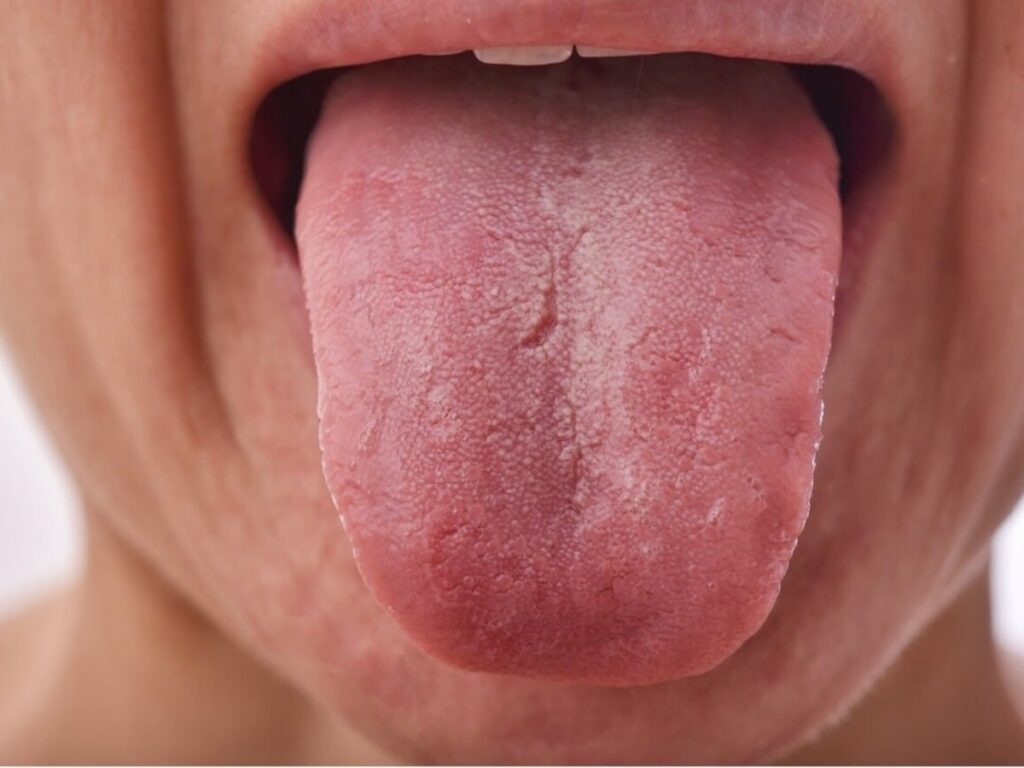The tongue is often referred to as an indicator of overall health. Its color can provide significant insights into various underlying health conditions. By examining the color of the tongue, one can potentially identify health issues that may otherwise go unnoticed. This article explores the significance of tongue color and its relationship with different health conditions.
Understanding Tongue Color
The tongue’s surface has a unique appearance, typically covered by a thin layer of mucus and papillae. Factors such as hydration, diet, and hygiene affect its color and texture, making it an important gauge for health diagnostics.
Normal Tongue Color
A healthy tongue is generally pink and moist. Variations in hue can indicate health conditions but are not always a cause for concern. Here is a table summarizing common tongue colors and their potential meanings:
| Tongue Color | Potential Health Implications |
|---|---|
| Pink | Healthy state, good blood circulation |
| Red | Possible vitamin deficiencies, heat conditions, or infections |
| White | Potential fungal infection, dehydration, or lack of proper oral hygiene |
| Yellow | Possible liver issues, digestive problems, or excessive heat in the body |
| Blue | Possible lack of oxygen in the blood or serious respiratory issues |
| Black or Brown | Potential food debris, poor hygiene, or smoking habit |
Factors Affecting Tongue Color
Several factors influence the color of the tongue, including:
Dietary Habits
Foods with strong pigments, such as beets or berries, can temporarily change the tongue’s color, while spicy foods may cause a pink or red hue due to irritation.
Hydration
Dehydration can lead to a dry and white appearance, often indicating a need for increased fluid intake.
Oral Hygiene
Improper oral hygiene can lead to a white or yellowish coating on the tongue, suggesting the need for better dental care practices.
When to Seek Medical Advice
While changes in tongue color can be benign, persistent alterations accompanied by other symptoms such as pain, swelling, or systemic issues should be evaluated by a healthcare professional. Early detection can lead to effective treatment and improved health outcomes.
Conclusion
In summary, the color of the tongue serves as a valuable indicator of an individual’s health status. Regularly monitoring tongue color, alongside other health practices, can provide early warnings for potential health issues. If you notice significant changes in your tongue color or accompanying symptoms, it is crucial to consult a healthcare provider for further evaluation and potential treatment.
